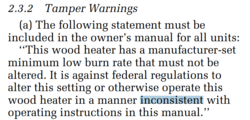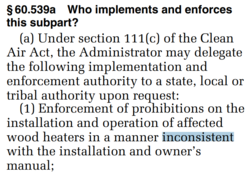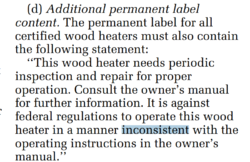Yes draft can be estimated given all of the fixed variables that are out of your control:So is there no way to check your draft prior to your stove install? I have the installer coming tomorrow for a quote, and it'd be nice to measure a draft prior to a full install. I guess you just have to go off the installer's experience and assumptions based on your chimney size, location, geography, etc? - and then hold off on a formal draft measurement until it's installed and running (at which point you already paid for everything)
Flue size is fixed by a)what fits down your masonry if doing a re-line which can impact the main determinant: b) the collar size of the appliance you are seeking to install.
Flue height has a minimum set by building/fire code.
Flue average temp is something I think could be calculated if the industry decided to help on this but annecdotally my 24 ft flex liner with wrap going through exterior masonry chimney was loosing around 200F from collar to cap. This would be drastically different for an exterior exposed Class A installation.
Outside ambient temp, again per my recommendation the building code uses this for your heating/cooling calcs so it readily available.
Chimney Sizing
Calculate chimney draft and required chimney area - online calculator.




